Introduction to the Law & Institutions of the EU
Etablissement : ESPOL European School of Political and Social Sciences
Langue : Anglais
Formation(s) dans laquelle/lesquelles le cours apparait :
- Licence Science politique – Parcours Européen [ECTS : 8,00]
Période : S2
This is an introductory course to the study of the European Union as a political and legal entity. By illustrating the main institutions, legal principles and decision-making procedures, the course offers a basic theoretical and empirical background for EU studies. As will be illustrated in this course, the EU is still a largely undefined political entity, incorporating partially the characteristics of an international organization and partially those of a supranational state. In addition to providing students with an Introduction to the Law and Institutions of the European Union, this course is also designed to make students actively think about what kind of organization the EU is. By attending this course, students will learn to understand why the allocation of competences remains often disputed between different EU actors. The course will provide insights into the main decision-making dynamics of EU institutions.
By the end of the course, students are expected to master the basic concepts of EU Institutions and EU Law and understand the functioning of the EU. They shall be able to describe the basic competences of the EU, its relation with the national level and the role of each institution or EU body in the EU legislative process and decision making. Students will also understand the rationale behind different theories of European integration. Finally, they shall be able to develop critical and analytical thinking on the EU as a political system.
Session 1: the EU between supranational competences and national sovereignty
– EU as political experiment / unidentified political object
– 5 dimensions of eu politics
– Intro to theories
– Some basic legal principles and treaties
– 7 main institutions of EU
– Readings: Ch 1 by Hodson et al, Ch1 and 2 by Ziller
Session 2: Introducing the main decision-making institutions and procedures
– The European Commission
– The Council of EU and European Council
– European Parliament
– Readings: Hodson et al, Chapters 3, 4, 5 and 6
Session 3: The common market and its governance
– From tariff agreements to monetary union
– Stability and Growth Pact
– Interest representation in EU
– From general consensus to increased contestation
– Readings: Ziller Ch 5, 6, and 7. Hodson et al Ch 8, 15 and 16.
Session 4 : Governing the area of freedom security and justice
– Free movement of people
– EU citizenship
– Human rights
– The consequences of politicization
– Readings: Hodson Ch 7 and 12, Ziller Ch 3 and 4. Additional reading on asylum policy/refugee crisis
Session 5: Three more important (and contested) EU policy areas and their governance
– Foreign and security policy
– Common agri-fishery policy (and its problems)
– Banking union
– Readings: Hodson et al Ch 13; Ziller Ch 6. Additional readings on CAP and Banking Union.
Session 6: The myriad of EU institutions outside the main decision-making ‘triad’
– ECB
– Coreper, EESC
– Court of Auditors and Ombudsman
– European Union agencies
– Distinction from Council of Europe
– Readings : Hodson et al Ch 9, 11, 14. Ziller Ch 10
Session 7: Theories to understand EU politics and policies
– Functional vs intergovernmental logics
– Post-functionalism and new intergovernmentalism
– Readings: Bickerton, Hodson and Puetter (2015); Hooghe and Marks (2009)
Session 8: The EU after the 2024 European elections
– The European Parliament
– The new Commission
–

